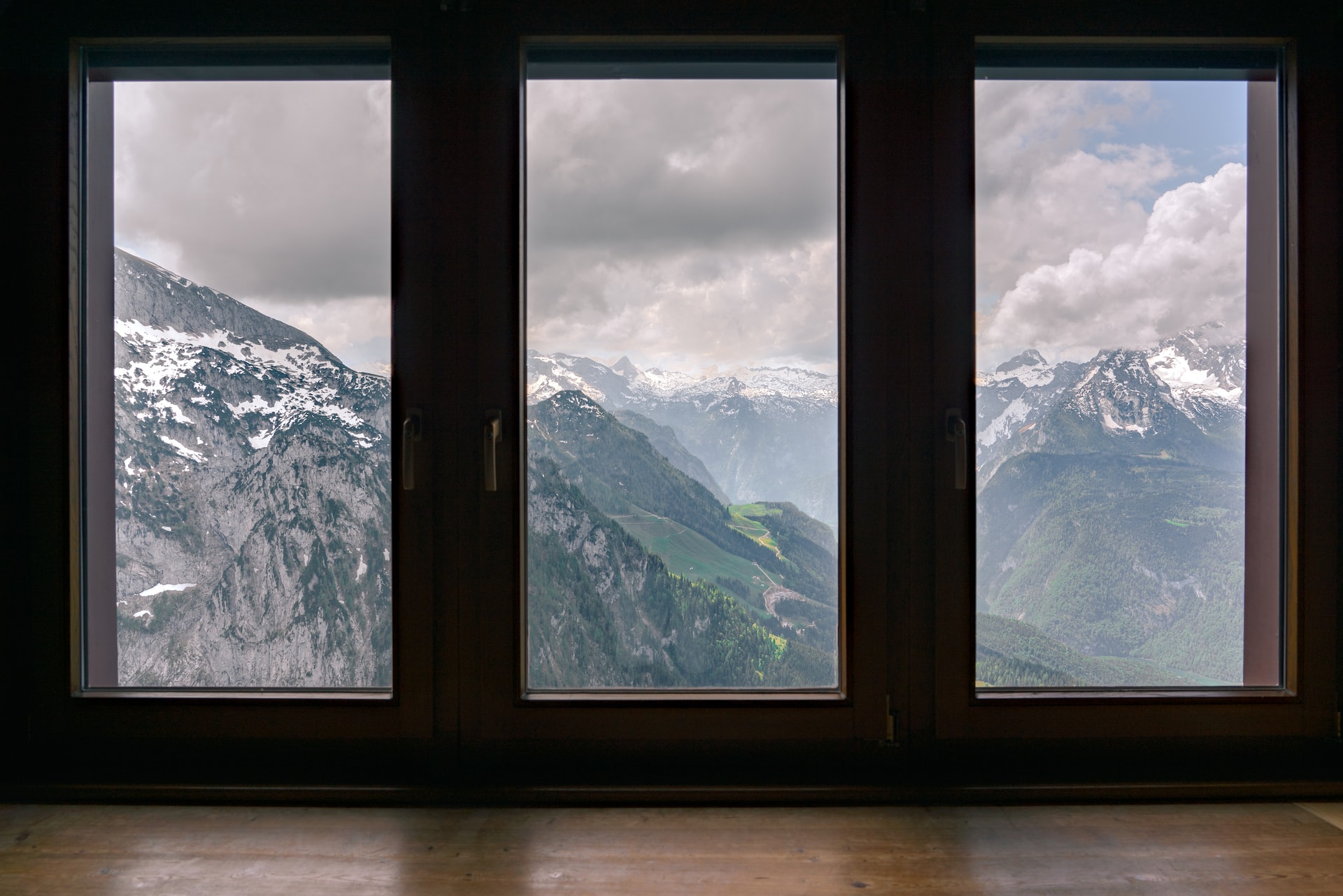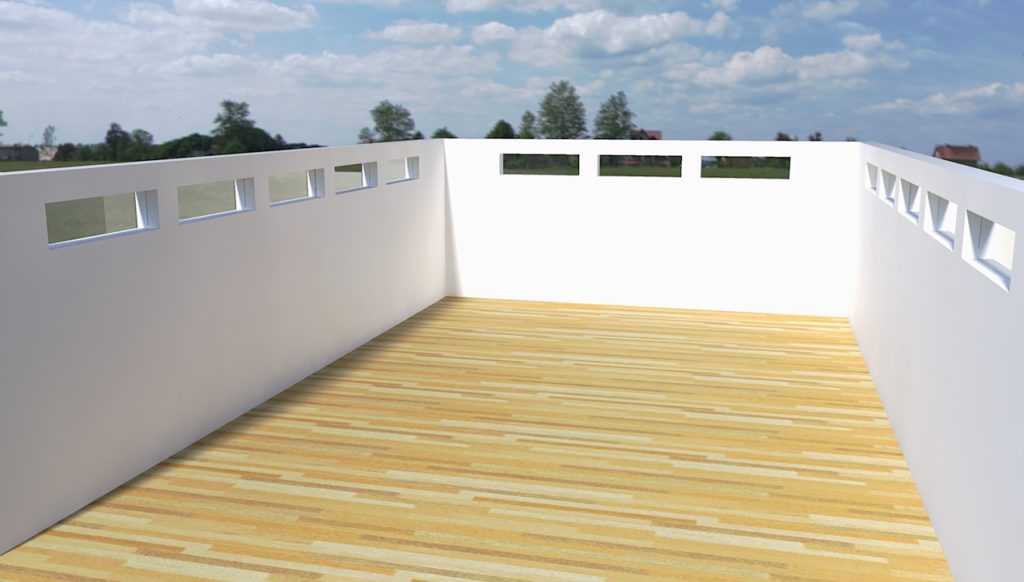
The term acoustical windows is plagued by a myriad of hyperbole and exaggeration. It seems that attaching the word acoustical to anything gives the user a license to misinform just to sell a product. When you see the term acoustical windows you must ask yourself what the word acoustical means. Are you using the term acoustical window to mean the attenuation of noise? Are you using the term acoustical windows as a middle and high frequency treatment issue?
Let’s go with the common usage of the search term acoustical windows and treat its definition as a barrier technology that will mitigate the transmission of noise from a noise source to a receiver which is the user. All acoustical windows are frequency and amplitude dependent. This means that they only work for certain noise issues. You must match the window frequency and amplitude’s performance to the frequency and amplitude of the noise.
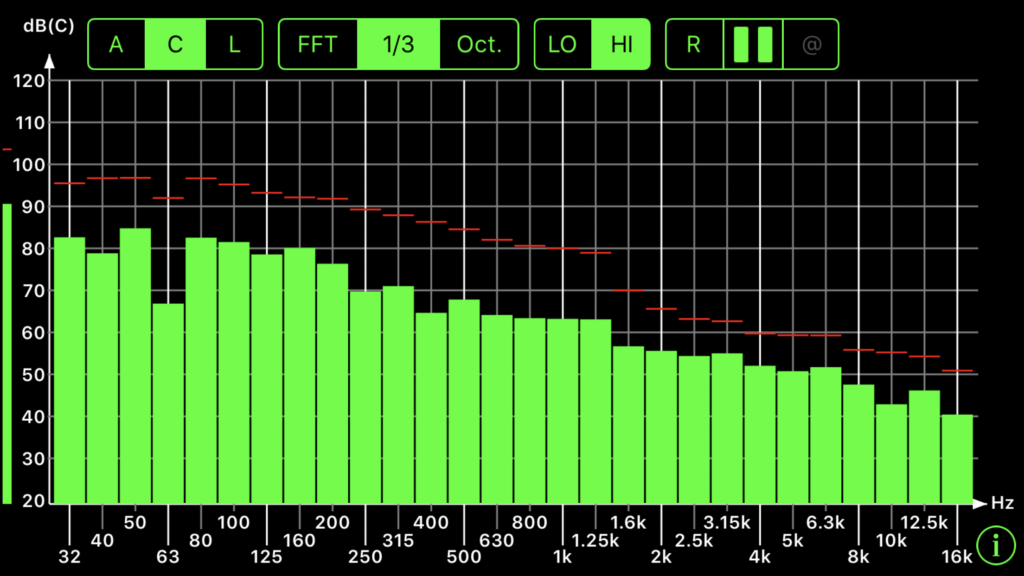
Frequency and Amplitude
All noise is composed of frequency and amplitude. Frequency is where the noise lives within our audible frequency range. It can be low, middle, or high frequency noise. The amplitude is the strength of each frequency. This is critical data for any noise situation since the barrier that you will build to stop the noise is dependent on the frequency and amplitude of the materials that you will use in your barrier design.
Barrier Design for Low Frequencies
Lower frequency energy below 125 hz. requires a completely different barrier design than noise issues above 125 hz. This is why it is critical to measure all noise over a seven day time period. You want to measure the noise over a full week in order to determine minimums and maximums of pressure. When you are designing a barrier, you must know what you are up against in terms of frequency and strength of your particular noise issues.
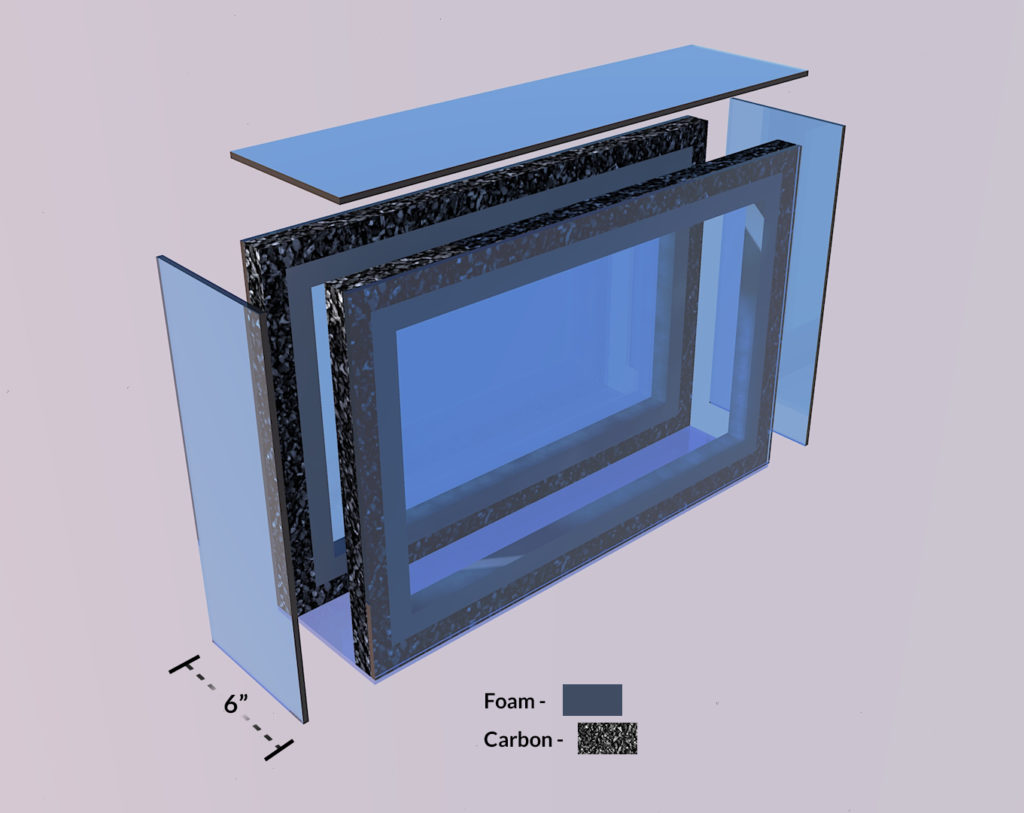
Measure Noise Near Your Windows
At Acoustic Fields, we have as part of our room design services a program to help you measure your particular noise issues. We have apps that you download on your phone. You take noise measurements twice a day. You will take noise measurements during the quietest part of the day and the loudest part of the day. You will take these measurements over a full week time period. Some days have more noise than others for a variety of reasons.
We need to know at what frequency each day the noise is at and how loud it is on that day and time. You record the measurements on our on line data sheet and send them to us for analysis. Once we have our seven day noise map, we can then look at the maximum and minimum pressure levels at each frequency grouping.
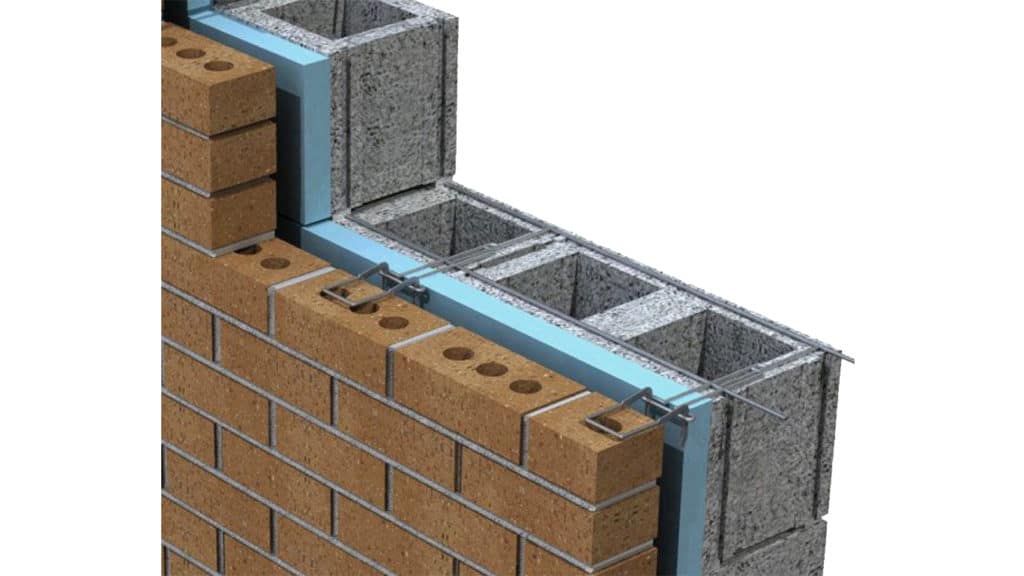
Choose Your Barrier Design
With your noise data, we can see what we are fighting. We will know the frequency of issue with your noise and just as important how strong it is. Notice the barrier design above. This is a barrier for lower frequency noise. Look at the barrier design below. This is a barrier for middle and higher frequency noise. Notice how different they are in terms of the materials used and also the construction methodologies.
Material Density Matters
Lower frequency barrier technology is all about material density and arranging it in the proper manner to deal with the frequency and amplitude of the noise. All material types have a density or how much they weigh for every square foot of surface area. For all frequency issues regarding noise it’s always a balancing act between the noise and the material density along with the way it is built. Keep that in mind when looking for acoustical windows.
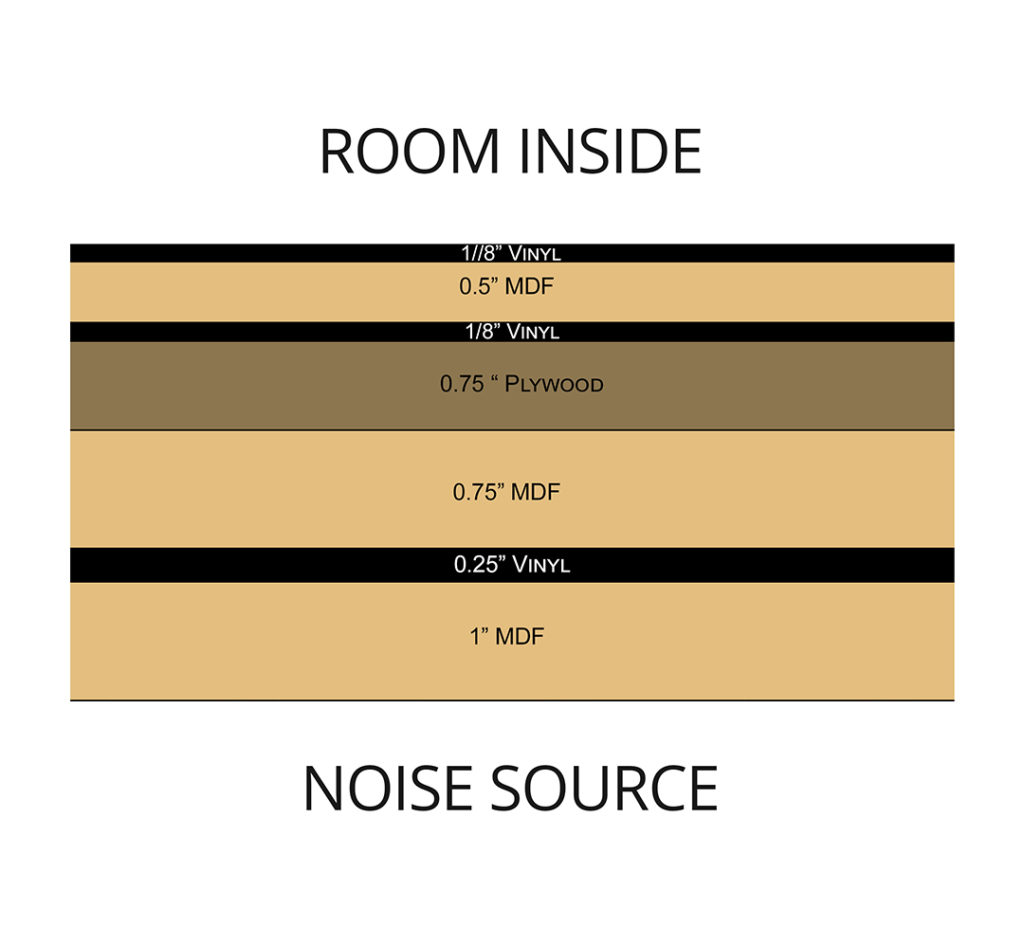
In Summary
When choosing your acoustical windows design, you must first measure the noise the window will have to act as a barrier against. Not every window type and design can handle all noise frequency and amplitude issues. Remember all barrier designs are frequency and amplitude dependent on the materials they use and just as important how they are constructed. In our window design, we must know all of the lower frequency noise issues. Glass by itself is a good material type for middle and high frequency noise issues such as voice.
Open up all your car windows and have someone talk to you in the car. Roll up all the windows and listen to the same voice. You will notice a dramatic decrease in the vocal strength or amplitude. It’s the lower frequency noise issues that require design measurements in order to successfully mitigate the lower frequency transmission. You will have to use a thicker glass plate or multiple plates with a calculated air space or acoustical soundproof windows. Some lower frequency noise issues may even require acrylic material type along with the density of glass plate.
Read more about us.


